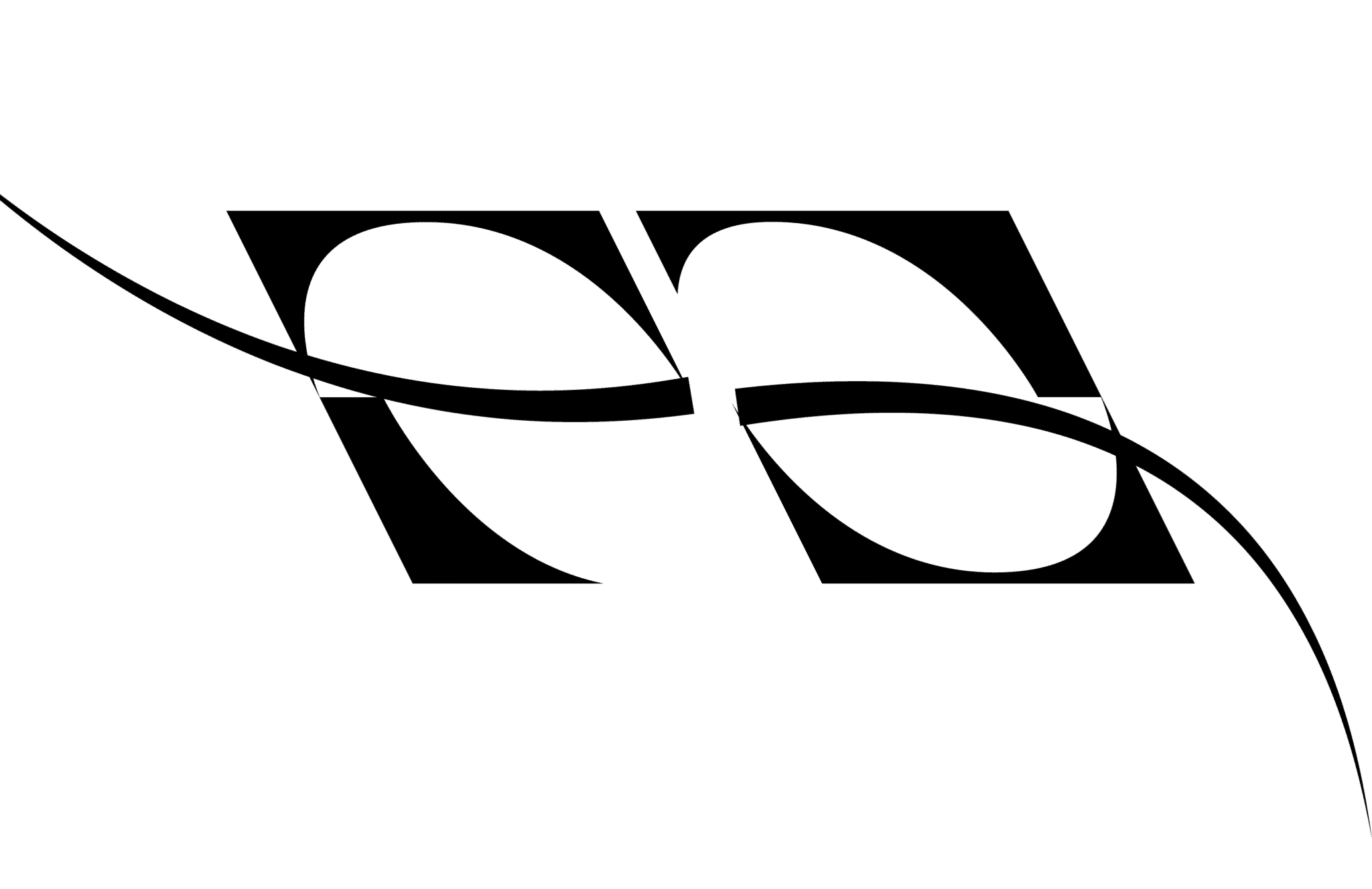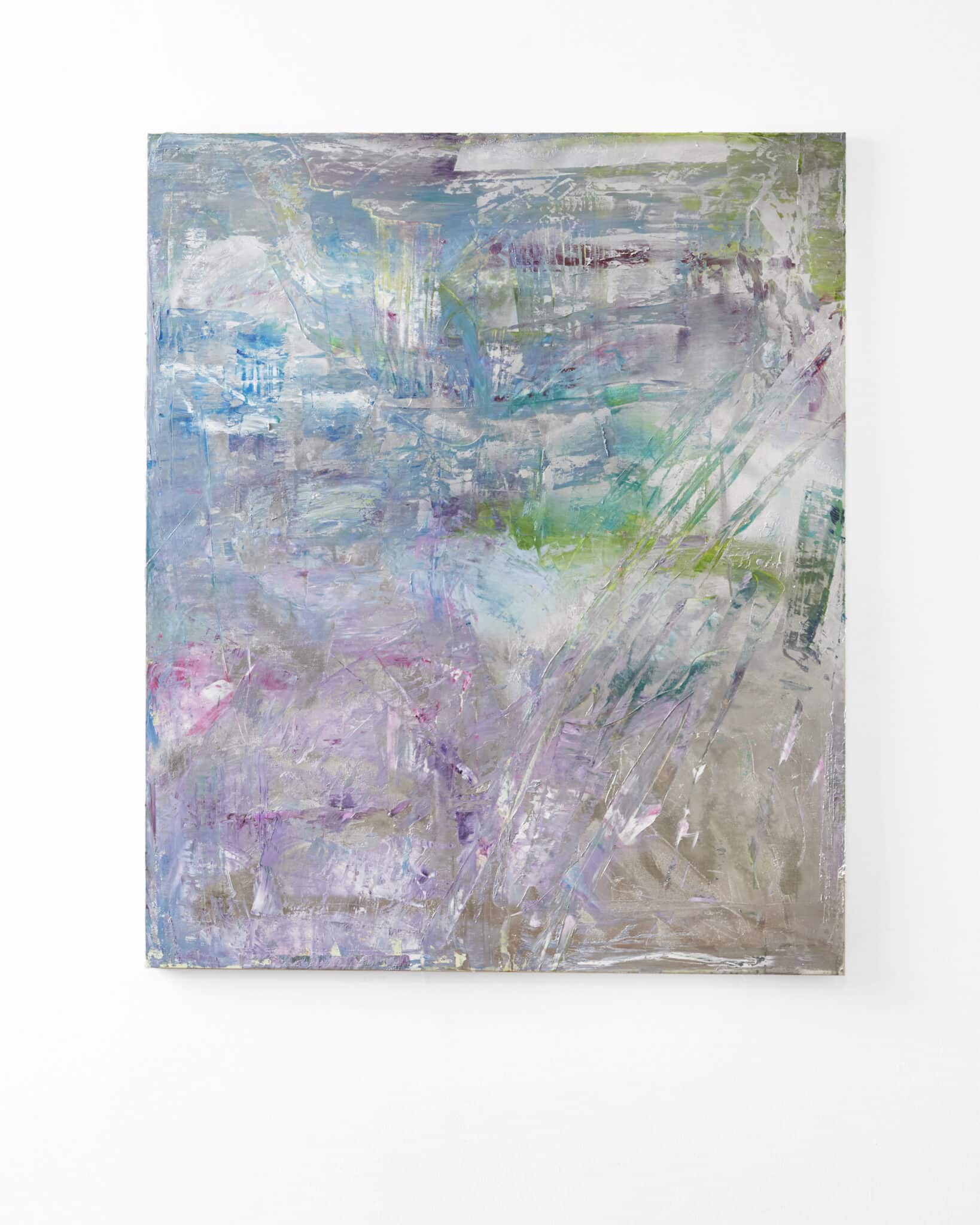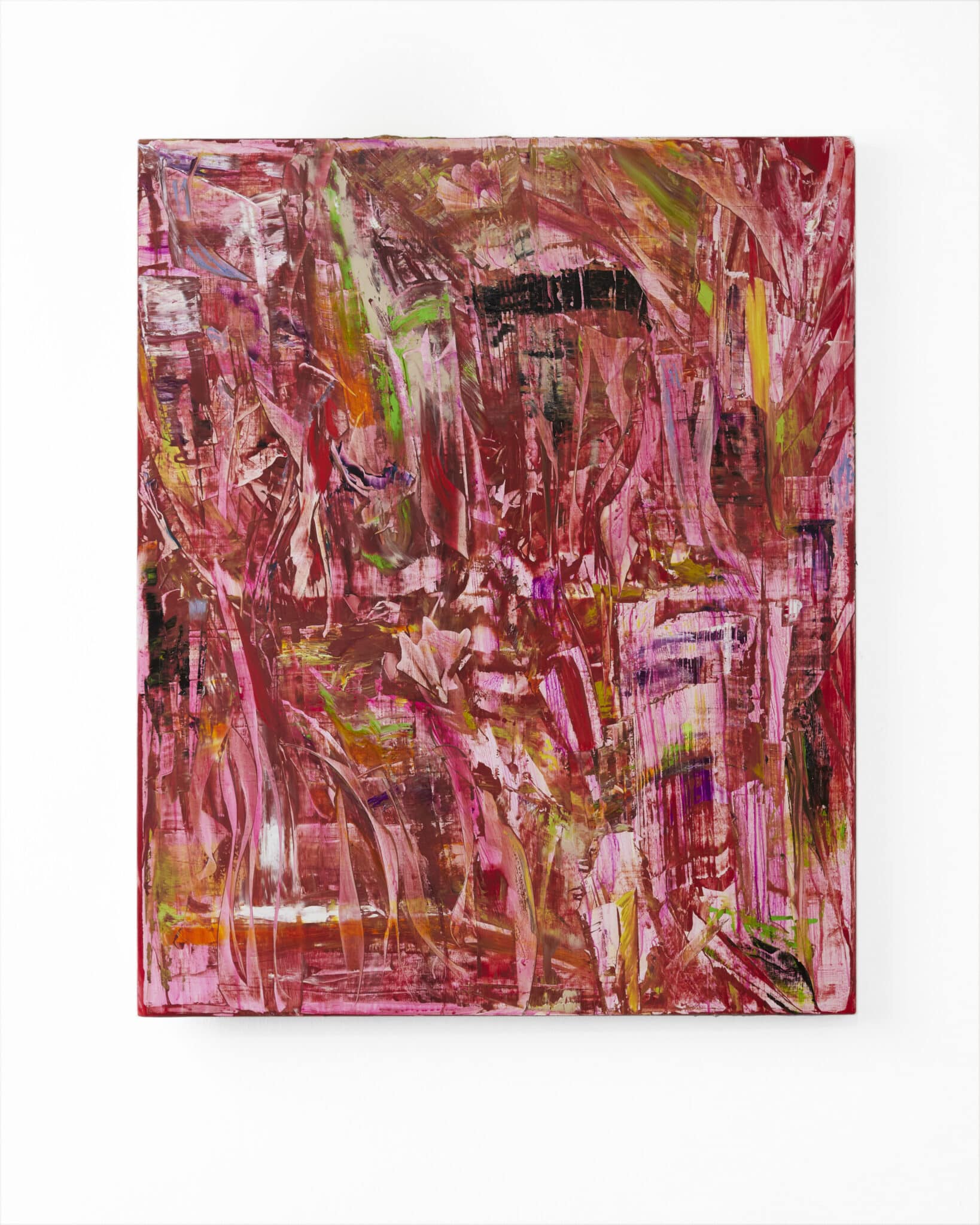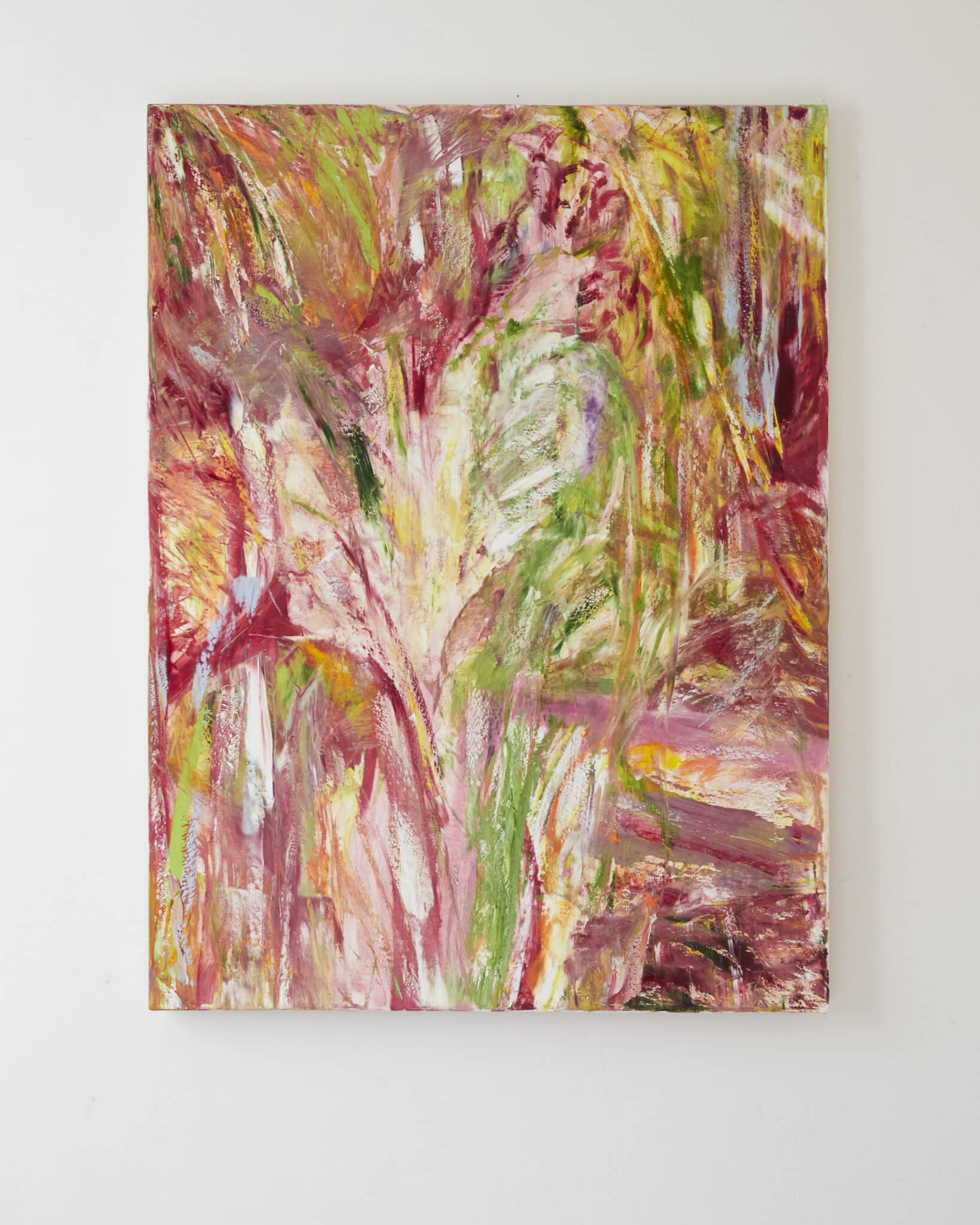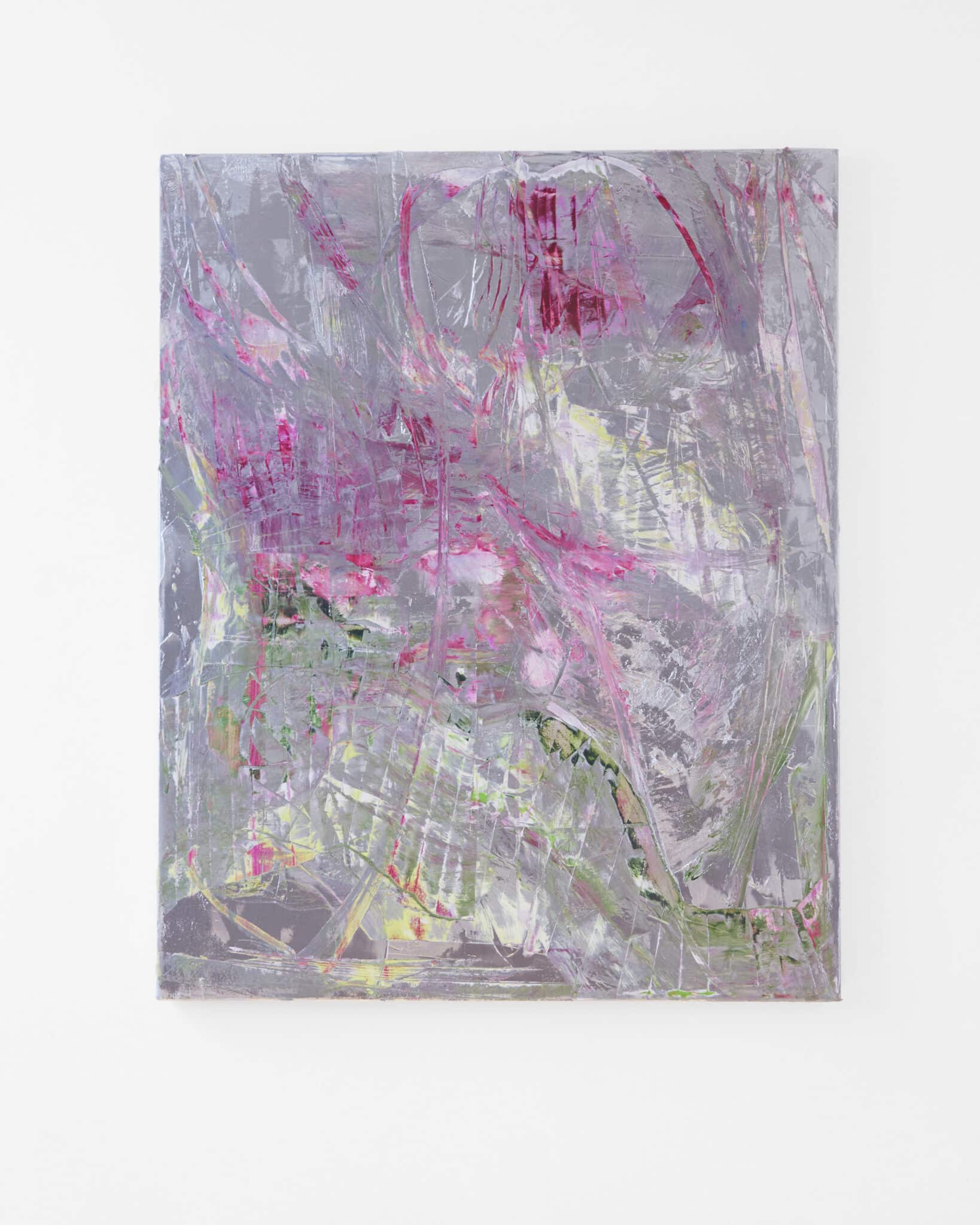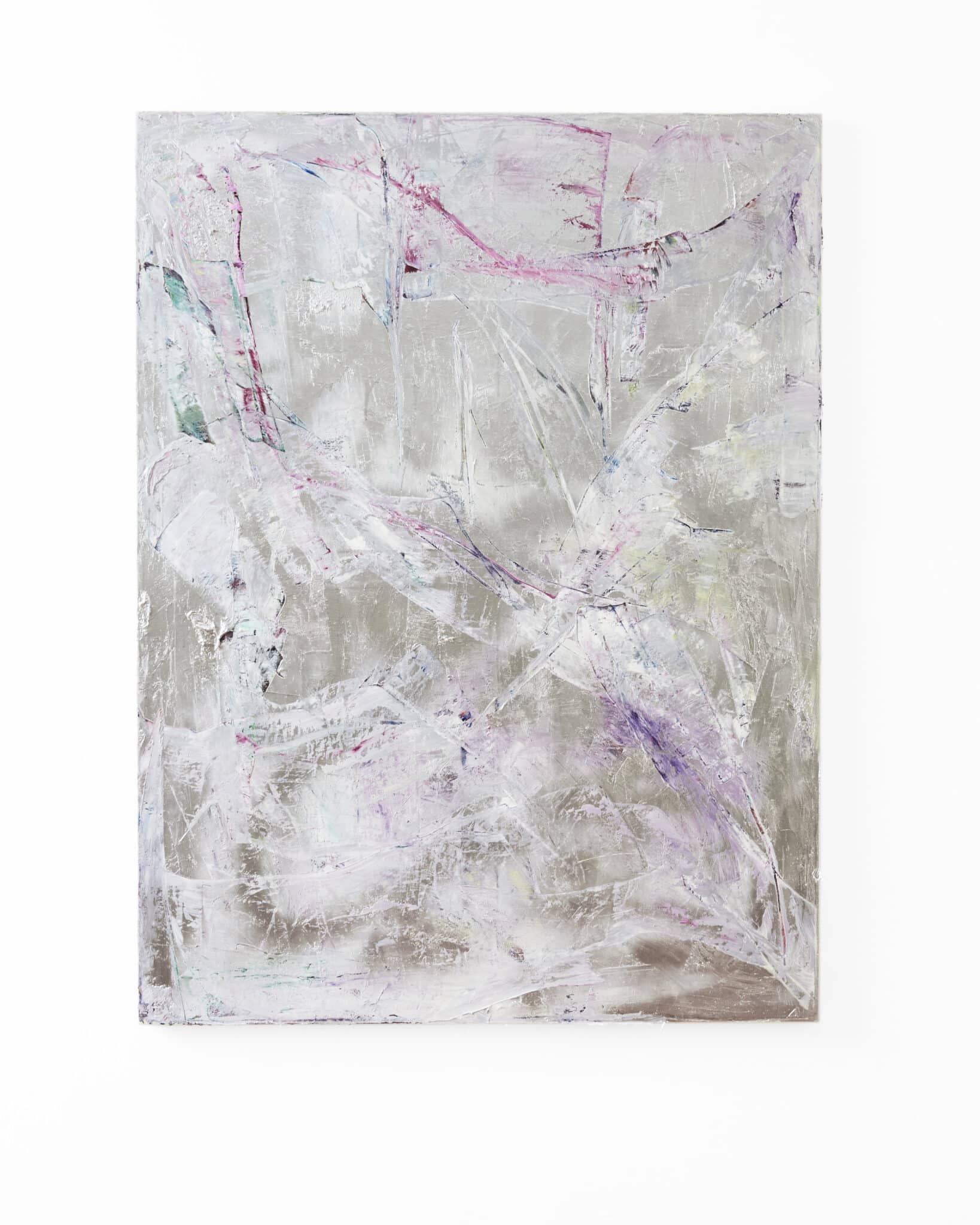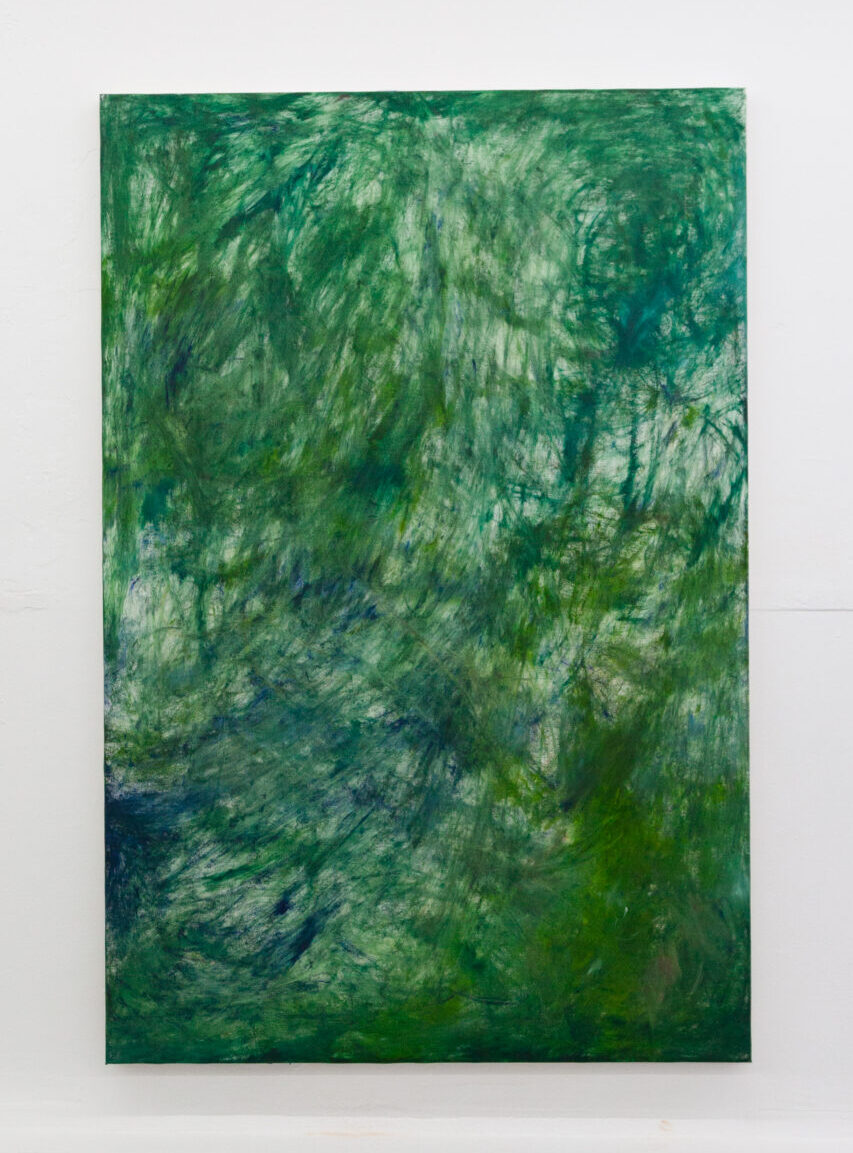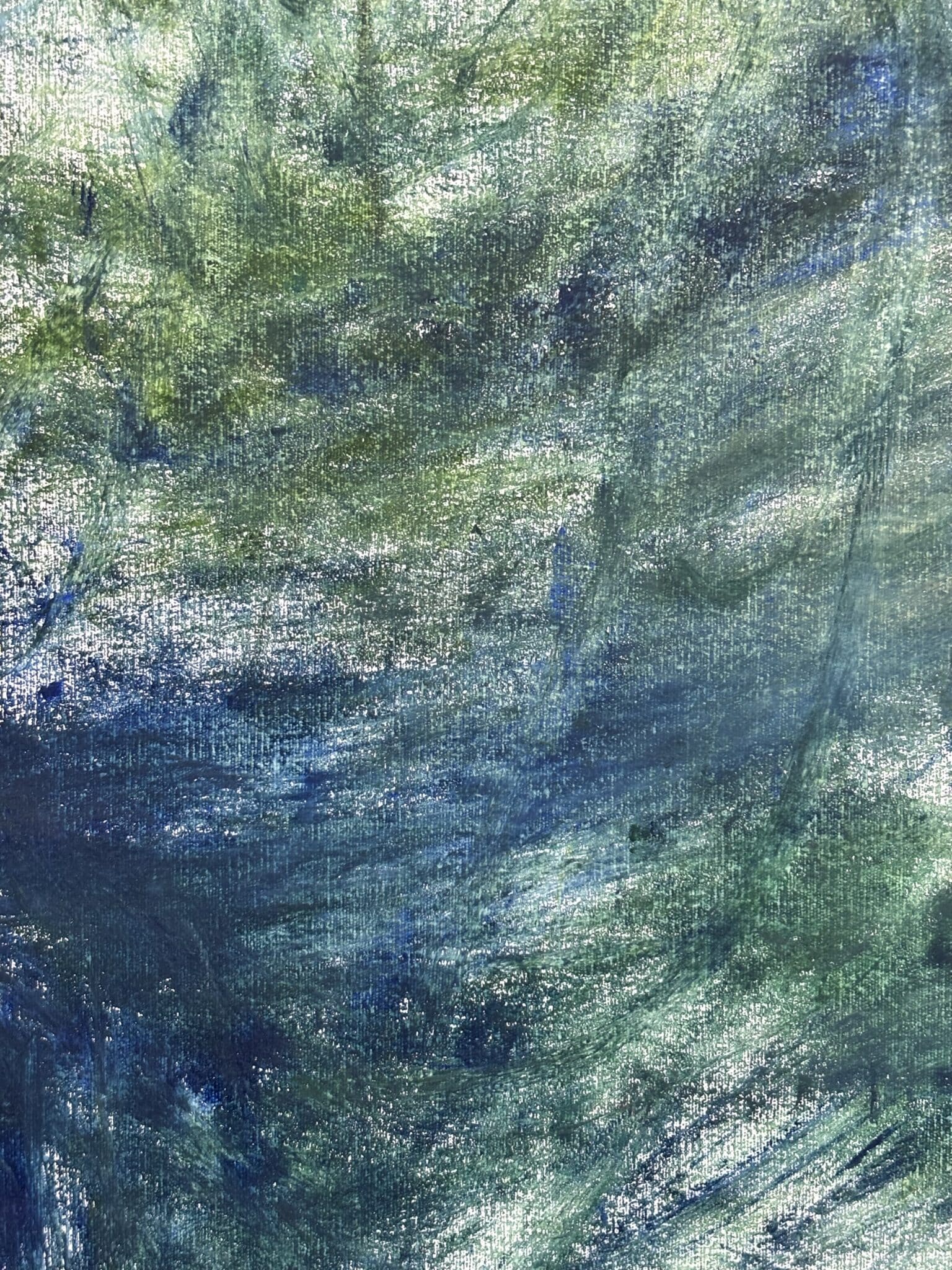Alejandro Villa-Durán
Jalisco, 1993
Alejandro Villa-Durán
Alejandro Villa-Durán (Jalisco, 1993) is a graduate of the Royal College of Art, London. He previously studied Textile Design at Central Saint Martins London.
The starting point of Alejandro Villa-Durán's pictorial and sculptural work is "intuitive choreography", a term that condenses a methodological repetition: going out, moving to return and then tracing the route. In general, these journeys outside the city seek to turn the body into the medium for an attentive presence in its surroundings. The bet is not on an interpretation of the natural, but on a singular relationship that allows the general body a differential by being affected by the encounter: that is to say, by the unpredictable. Sensation opens up and perception responds not by precipitating signs, but by establishing a line of interpretation, a position - with a view to being shared - on what is experienced.
On returning, the second part of the process begins. Thinking of production as a kind of transit, I tend to work in series that allow me to explore the lived and experienced, while at the same time being affected by the materials and conditions of each medium.
In painting, the limit is the colour palette itself, which the artist selects before starting. More than a representation, painting is a choreography that begins and ends with the body: the hand traces, but the body moves on the canvas. This gives off a temporality linked to the trance between painting and memory; the painting is the presence in front of the painting, while the memory (of the journey that precedes the practice) is the counterpoint that builds the rhythm of the composition. In it, the superimposition of marks and stains is as relevant as the emptiness that sustains both the experience and the image.
The starting point of Alejandro Villa-Durán's pictorial and sculptural work is "intuitive choreography", a term that condenses a methodological repetition: going out, moving to return and then tracing the route. In general, these journeys outside the city seek to turn the body into the medium for an attentive presence in its surroundings. The bet is not on an interpretation of the natural, but on a singular relationship that allows the general body a differential by being affected by the encounter: that is to say, by the unpredictable. Sensation opens up and perception responds not by precipitating signs, but by establishing a line of interpretation, a position - with a view to being shared - on what is experienced.
On returning, the second part of the process begins. Thinking of production as a kind of transit, I tend to work in series that allow me to explore the lived and experienced, while at the same time being affected by the materials and conditions of each medium.
In painting, the limit is the colour palette itself, which the artist selects before starting. More than a representation, painting is a choreography that begins and ends with the body: the hand traces, but the body moves on the canvas. This gives off a temporality linked to the trance between painting and memory; the painting is the presence in front of the painting, while the memory (of the journey that precedes the practice) is the counterpoint that builds the rhythm of the composition. In it, the superimposition of marks and stains is as relevant as the emptiness that sustains both the experience and the image.





